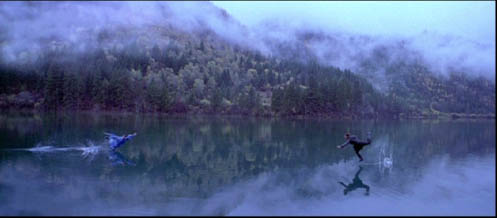In film theory, the 1950s-era auteur theory holds that a director’s films reflect that director’s personal creative vision, as if he or she were the primary “auteur” (the French word for ‘author’). In some cases, film producers are considered to have a similar “auteur” role for films that they have produced.A present day analogy would the ‘writer-director’ and having control over the final cut or director’s cut of a film.Auteur theory has had a major impact on film criticism ever since it was advocated by film director and film critic François Truffaut in 1954. ‘Auteurism’ is the method of analyzing films based on this theory or, alternately, the characteristics of a director’s work that makes her or him an auteur. Both the auteur theory and the auteurism method of film analysis are frequently associated with the French New Wave and the film critics who wrote for the influential French film review periodical Cahiers du cinéma.”
The French New Wave officially kicked off in 1959 with the release of Truffaut’s The 400 Blows (1959) and immediately picked up with the release of Jean-Luc Godard’s Breathless (1960) which was co-written by Truffaut. These revolutionary feature film efforts were the product of experimentation with various short-films throughout the mid and late 1950s by these film critics-turned-filmmakers.
This was around the same time that the likes of Tony Richardson, Karel Reisz and Lindsey Anderson started the new wave in Britain
These revolutions leaked into other parts of the world like Germany India
All these filmmakers mentioned above have been widely regarded as “auteurs” of their cinema by critics and audiences alike and suddenly the term had transformed the previously mechanical role of the film director into the most important and creative post on the crew. The producer’s prestige of the pre-new wave, industry-controlled era had come to a screeching halt and side-stepped to play second fiddle to the director.





